Interview with a CGI artist David Turfitt, London, UK
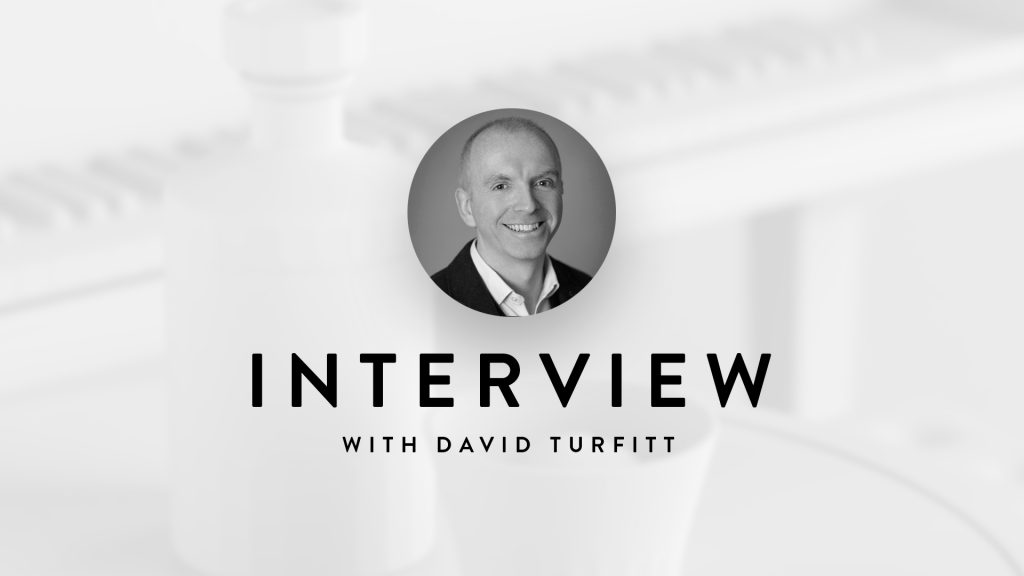

Tell us a little bit about yourself and what did you do before becoming a cgi artist?
Well I studied Graphic Design at Croydon College of Art in South London for 4 years and came out in 1991 at the height of one of the worst recessions known – sound familiar?! I quite literally dragged my huge A1 portfolio case all around the South East of England trying to get interest and finally got offered a job and then promptly turned it down as the lecturers always told us to go travelling first and then get a career! Crazy thinking hey but I did travel a lot and then tried to be a golf teaching pro and was sitting in the pro shop one day bored out of my skull and I somehow picked up a sales magazine for Mac equipment.
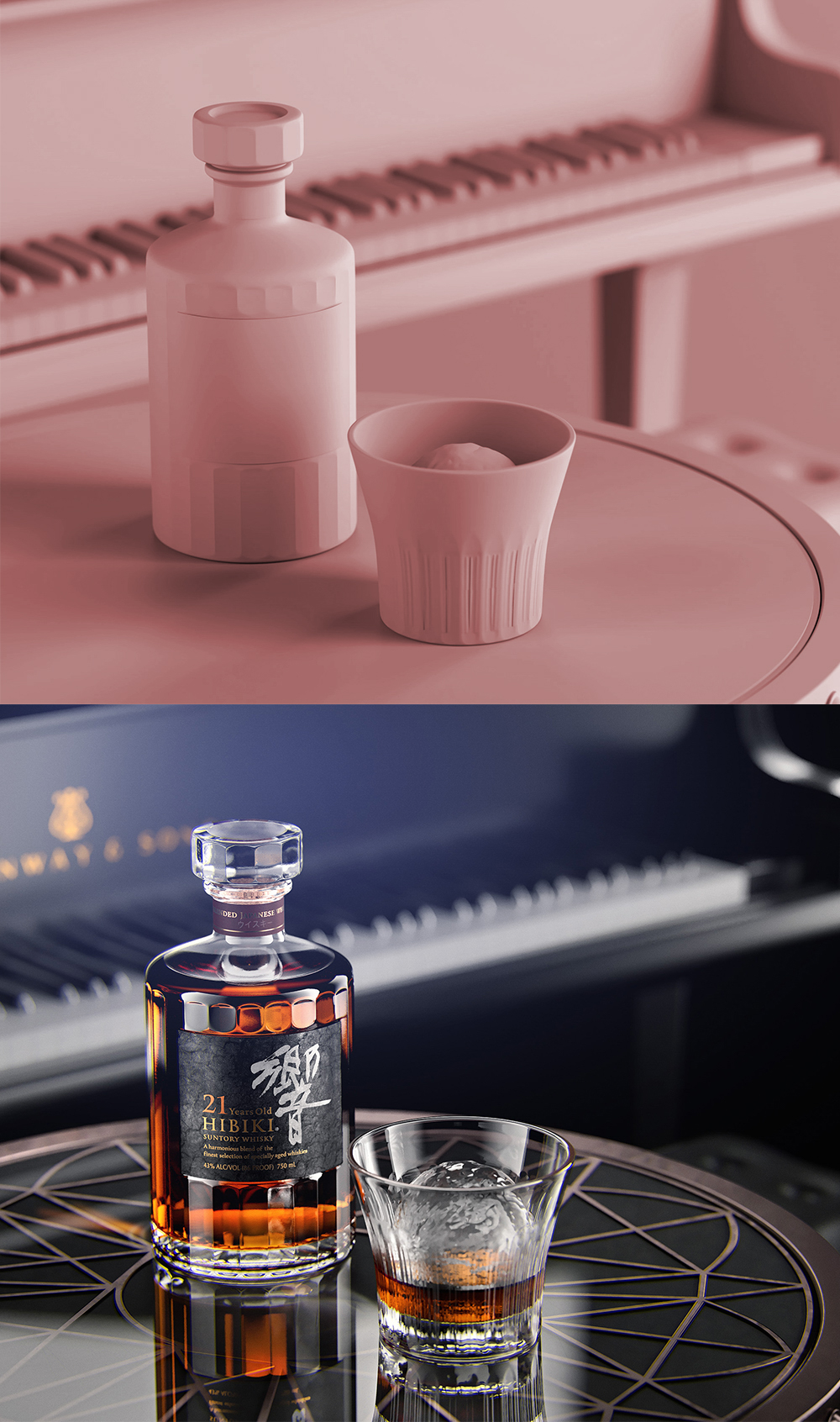
There was a snapshot of Photoshop showing several layers with objects cut out on a transparent background. It was the smallest image you could imagine and not just one light bulb went on in my head but a whole constellation of stars. It was that epiphany moment and my life changed course almost immediately.
They say that when you are on the right path in life that doors start to open for you and within a couple of weeks I was offered a day’s trial at a newspaper setting ads. I think I somehow set 4 mono ads in a day and they offered me a job with no interview and no portfolio. As I say things just started to happen for me. You still have to put in the effort, have the desire to push on and most definitely turn up each day but things can happen like magic.
How did you learn CGI? Who was the biggest influence in your beginnings?
I was an artworker and then a retoucher for many years and then in 2001 a studio I was working at in London had Cinema 4D on some Macs. I remember seeing this grid going to infinity and it just blew me away. I told myself I would learn it someday but with long hours, a 4 hour daily commute, a girlfriend and a house to look after when? I think it was a desire to get better shadows for my Photoshop retouching work and some perspective issues as well that started me off.
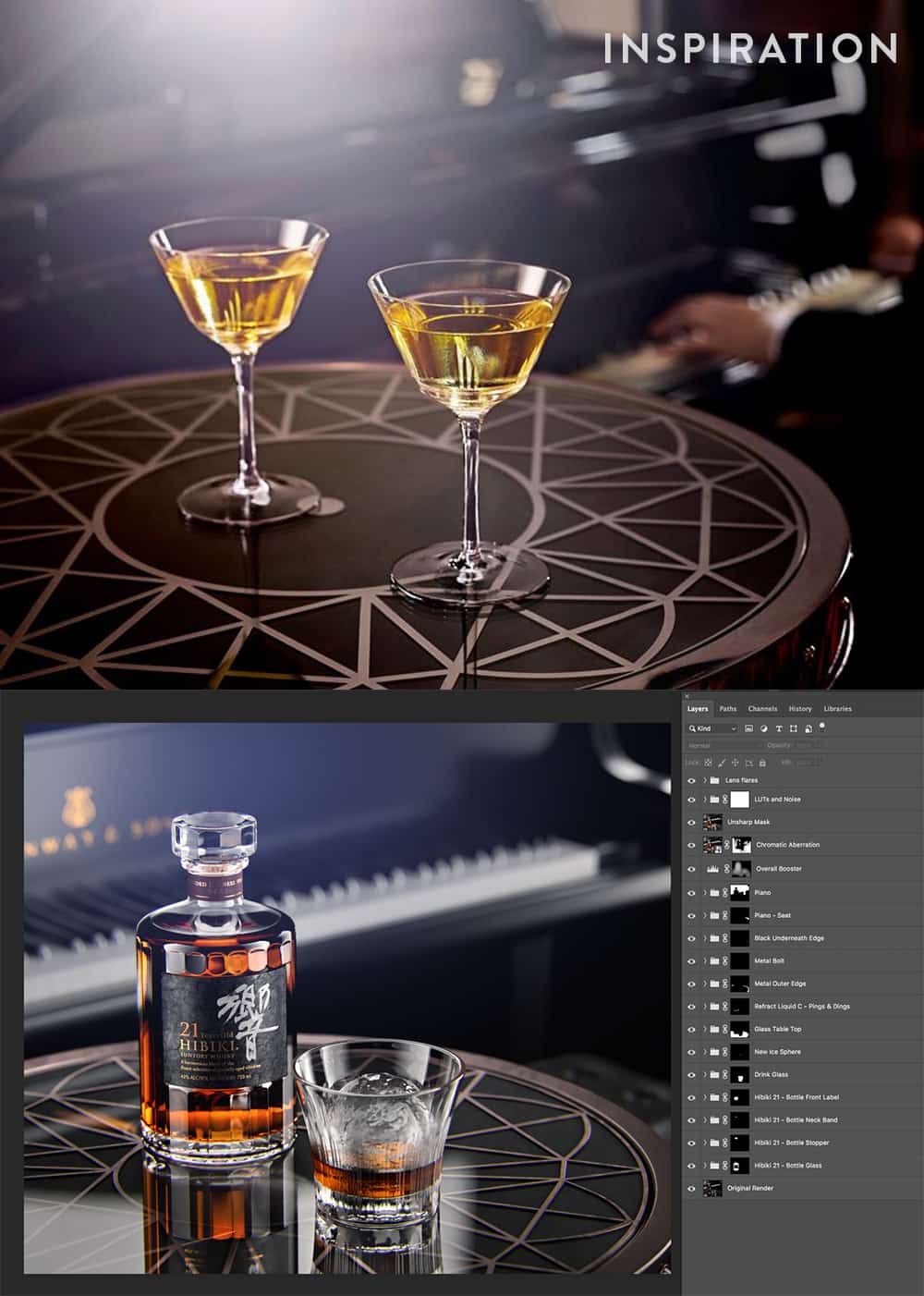
I spoke to a colleague sitting next to me at the time that I was thinking of learning 3D. He told me to not bother as his friend ate, slept and breathed it for 2 years solid and for me not to put the effort in. I’m so glad I never listened to him as it was more my inner voice that kept telling me to have a go at it. At the time there was no YouTube, no forums and only a 650 page printed manual to go to for help. The amount of times I’d come out of work late at night and scream at the night sky in frustration at why things were not working.

Eventually I solved one puzzle after another and got to a point where I could start to create things I saw around me – a display stand, a perspex cylinder, a pavement in perspective – I mean really basic stuff compared to today but all small victories along the path. In the end it took 8 years in my spare time – late nights, weekends and Bank Holidays. That learning process never stops and will continue to the ends of time I suppose. I estimate I could cut that down to 2 years now and had the chance to test that theory out when I hired an assistant in London who was keen but had never opened a 3D program before.
Sitting side by side every day slowly but surely he gathered speed and within 2 years he could fly on his own wings. He is now doing really in the industry and has won 2 Behance awards for his work. The interesting thing though is that even with all of my teaching, approach and technical knowledge his eye still saw things differently and the results we got were quite different. Not saying one was better than the other but I found it fascinating how you can put the same ingredients into the melting pot and different imagery comes out of it.
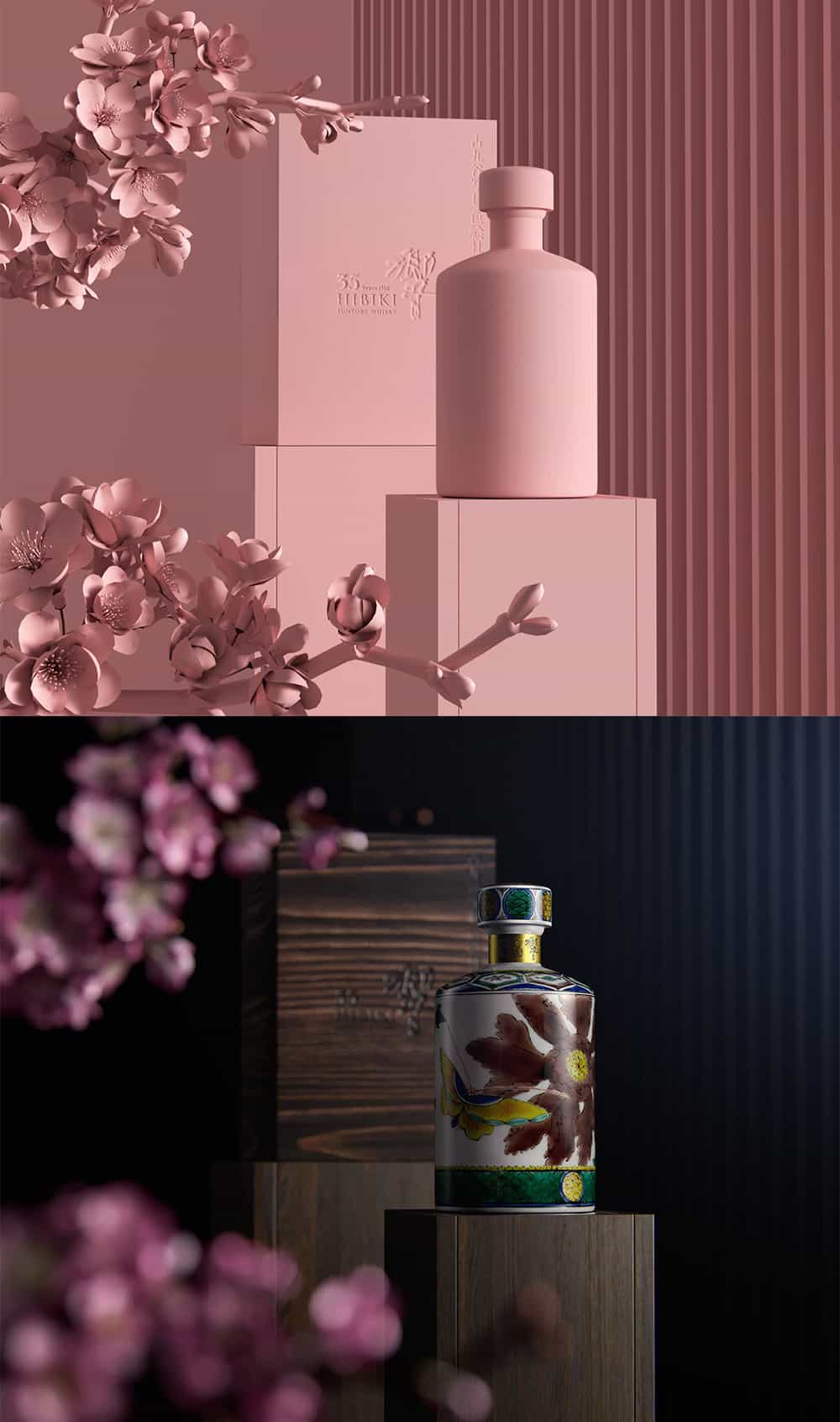
How did you start with commercial CGI work?
I guess I was lucky in that after my 8 years of learning I was then hired to do an artworking, retouching and CGI role. It meant I was not thrown completely into the deep end. It gave me a chance to swim without sinking and I threw myself into it wholeheartedly and the client’s eyes really started to light up when he could see the chance to do stuff not possible before and at the speed it could be done in.
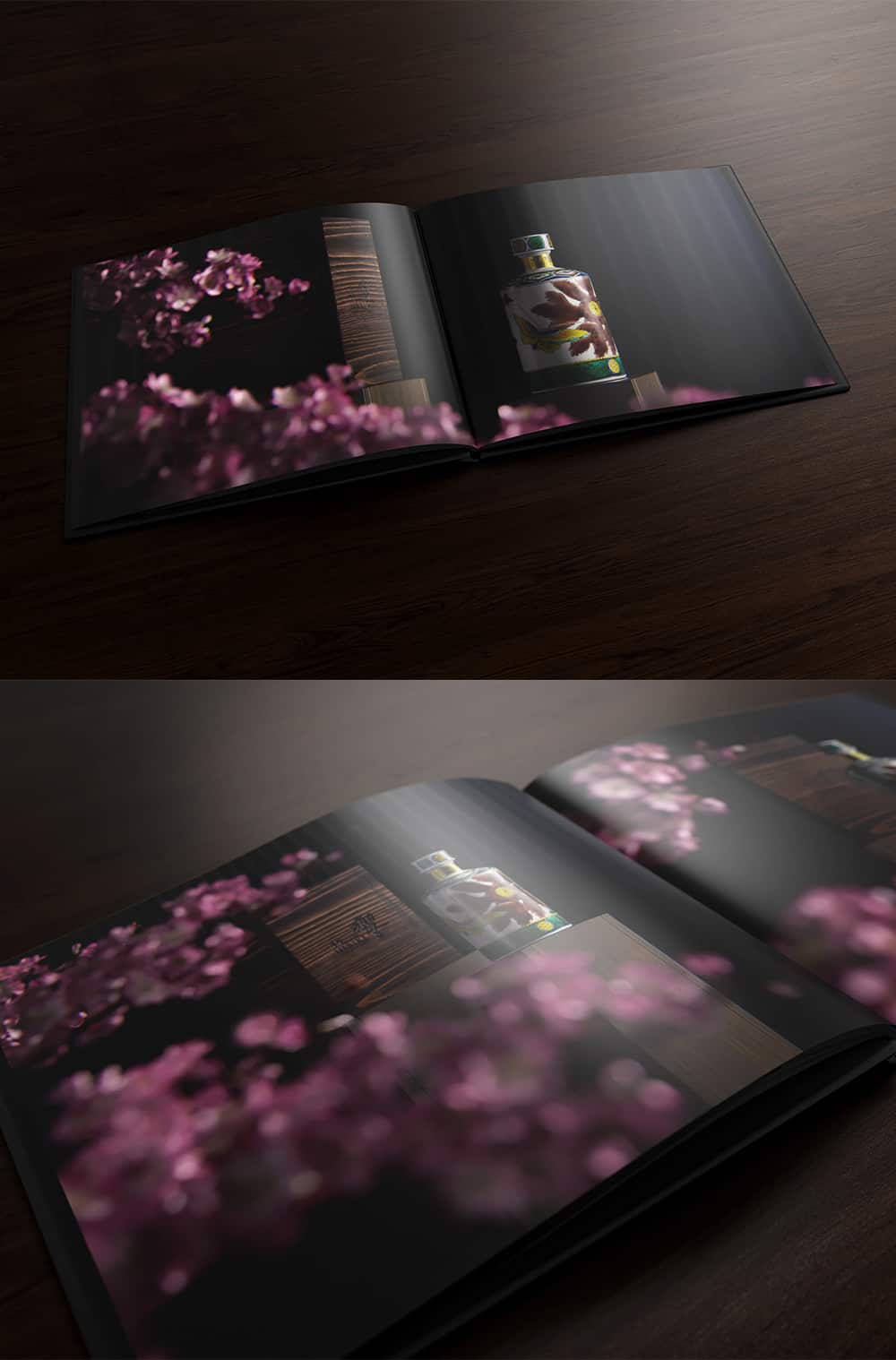
What does your typical day look like?
My dream was always to work in Cinema 4D each and every day and I get to live that dream and still pinch myself all these years later that I get to do it. Actually my mind gets to work most days around 5am in an alpha state with ideas of scenes, lighting setups, colours, shapes, animations, all sorts of things and I quickly have to sketch them out before they got lost to the ether.
The Mac gets turned on around 7am (unless an overnight render queue has taken place in which case I can’t wait to see if it has all worked and has given me the raw materials to start retouching with). I sometimes get so involved with stuff that it can be 3 or 4pm before I take a break and eat something. They always say that when you love what you do that hours just pass by unnoticed. Most of the time that is true unless there is a pressing deadline in which case the minute hand is watched like a hawk and I swear someone is deliberately moving it! I turn off far too late really at around 11pm.
I generally have some sort of 3D or Photoshop file open 7 days a week and will tweak, test render or retouch whenever I pass. The amount of ground you can cover in a year doing that is truly remarkable and the body of work you build up is immense.

Describe your ideal client.
One that communicates clearly. The amount of times you can sit in meetings with wishy-washy, floaty thoughts from creatives and nothing concrete to work on – so frustrating. It is the ones who know exactly what they want and can relate that to you knowing your skill set but keep pushing you just that 5% more each time to reach for higher. They are the rare ones that you can meet just a handful of times in a career but make the whole process just a joy and the late nights with takeaways and getting a cab home at 3AM don’t bother you as the process is just so rewarding.
What’s your go to or most used CGI tool / software and why?
Cinema 4D is what I have used since 2001 and I guess it was the tool on offer when I started so as a legacy that is what I still use along with Corona Renderer as the render engine of choice. I have tried others but what you really need to get to is a position where you can get into a ‘flow’ state and just let the mind be free to create and for the software to follow – that is when everything becomes a magical thing, that you are not confined by technical worries but it is just about bringing your ideas to life in the best way possible. I’ve always said that clients don’t give two hoots what software you’ve used just as long as it looks good. The lovely people at Corona Renderer asked me to write a tutorial on how I create some of my bottle work and here is a link to it all.

It is up to the artist to find what tool it is that allows them to bring out the very best in themselves and help them reach their potential. I am very curious about 3DSMax and FStorm as I see the most incredible, jaw-dropping visuals and animations coming out of it. But for me to change the operating system, software and render engine is a huge leap and with client projects pressing it seems unlikely right now but you just never know!
Post-production; what software do you use to manage and edit your images.
Photoshop and After Effects. Ever since seeing that first image of Photoshop layers I still to this day love it and then when I had the opportunity to learn After Effects it was like Photoshop layers on the move and the endless ways to bring about life to an image. I remember sitting in an editing suite back in 2003 with an After Effects guru and the lights went out and the designer hit play on his latest work and it was spellbinding stuff with incredible moving imagery combined with sound that was out of this world. Still get goosebumps thinking about it. It’s that hitting play on an animation that I find so exciting to see what it can reveal and the emotion it can evoke in me and yet the amount of work it takes to get to that point over a still image is huge.
Do you retouch your images yourself or outsource the process?
I always retouch my own images and I retouch them to the ends of the earth, probably far more than I need to but I see so much gorgeous work out there that I think if I don’t then I’ll get left behind. It goes back to what I said earlier about one person’s eyes seeing things differently. People pay me to do what I do and not what someone else does.

Your top advice for an aspiring CGI artist?
Three things really. 1) What is your motivation? People speak of finding your ‘why’ in all areas of life but for a CGI artist it is so important as the hours are very long, the stress can be overwhelming at times, so what keeps you coming back into the ring wanting more? What inspires you to produce more imagery, to do better, to keep learning new tricks to improve the end result? For me I am amazed at how little inspiring imagery is out there of bottles and their packaging. I want to be able to Google a particular bottle and see incredible imagery that blows me away. For the length of time it takes to produce the final drink let alone design the bottle shape and labels and yet there only seems to be Instagram photos shot on people’s phones with a fisheye lens. So that is my drive: to bring these beautiful bottles, cartons and boxes to life with meaningful imagery that evokes a sense of beauty within you.
2) Don’t be a pain in the arse to deal with. Sounds simple but I’ve sat in meetings and studios before and am gobsmacked at how rude and off-hand some people can be. You’ve been given a talent and are hopefully using it well and now here is an opportunity to shine with it and these people are just flushing that opportunity right down the pan in front of their eyes. I try to create opportunities where there is none. I try to give the client value add wherever I can – extra images they didn’t think of, an animation they didn’t know they needed, anything to go the extra mile. With what is happening in the world right now as of April 2020 it is more important than ever to be personable and offer help where you can.
3) Your job is to make the client’s life easier. They have hired you to fulfill a need and not make their life more complicated and stressful. Sure enough have a dialogue and ask questions but realise that it is down to you to produce the goods and find a way to do so.

Where do you see your imagery going next?
I love the idea of arch viz meeting product viz – the colliding of these two disciplines is immense and I think has the most amount of mileage to engage the viewer and the consumer alike. It seems to have limitless possibilities and I think people can relate more to the scale of items, the sense of building materials and tone of light. I am seeing lots of aspects of that on the Still Life Academy forum and it really piques my interest. I have nearly finished my first series in this realm which is entitled: ‘Hibiki Private Collector’s Vault’ and am really excited about where that has taken my visual storytelling. It offers a real sense of a designed space and the opportunity to do close in depth of field shots of particular products as well so it covers both areas in one.


This Is Amazing. Thank You @Martin for sharing.
Cheers Bhavik hope it has helped in some small way.
Damn, this is so awsome! Thank you, David and Martin!
Thanks so much Wenbo really glad you like it all even though I read it all again this morning and I did go into a bit of a rant at one point! Just coming from a place of passion and trying to do the right thing I guess.
This reading is a great start of the day. Inspiring story.
Thank you Piotr – it’s all true and I did actually get quite emotional when writing it all as it has been such a long journey and at times super hard but loving where things are at right now and what the software we now use allows us all to do and produce.
This guy’s work is surreal, my goodness!
Thank you so much Eric! I just chip away each day at things and hope for a good result so to hear these things makes me smile so much!
Great insight David !!! Really enjoyed reading it 🙂